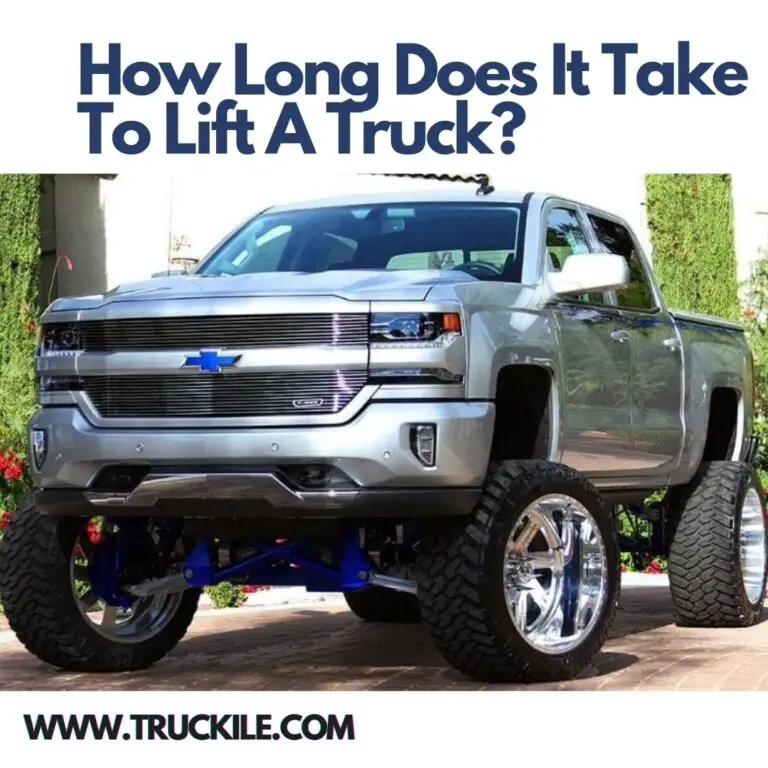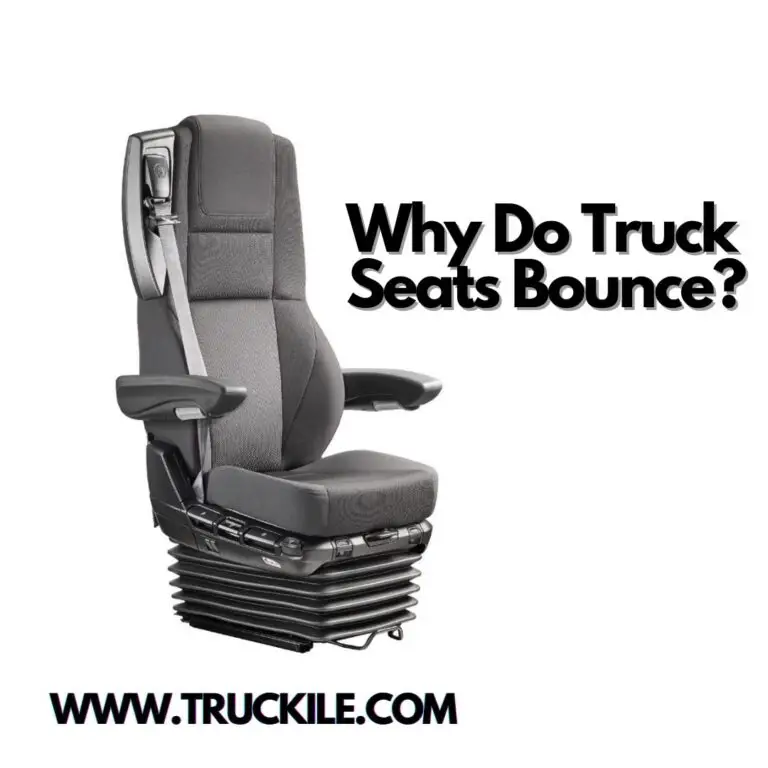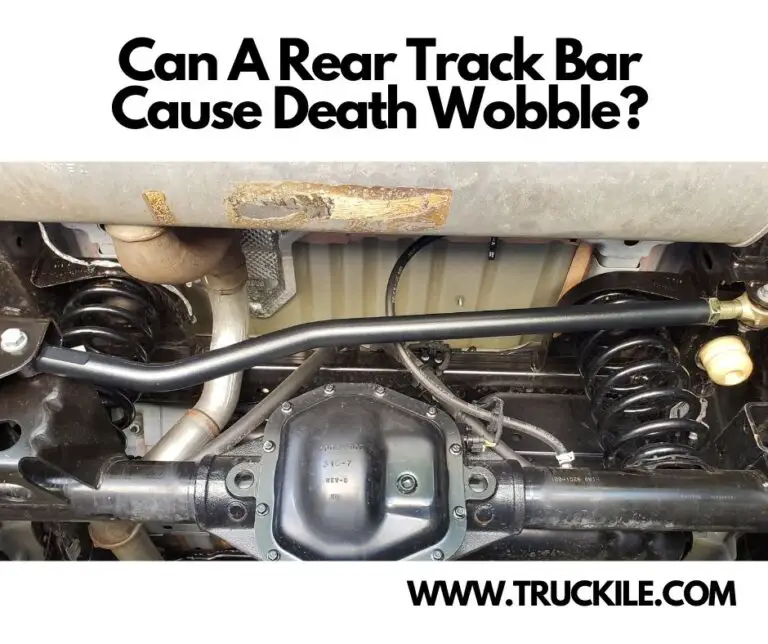Why Do Truckers Park On Off Ramps?
You might be wondering, “why do truckers park on off ramps?” Why didn’t they choose some other place to park? Well, we know how curious you are to get an answer to this question — and that’s exactly what this article will cover.
Why Do Truckers Park On Off Ramps?
The usual reason behind why truckers park on off ramps is, they simply cannot find any other suitable place to park, and they’re at the limit of the time they’re allowed to drive, according to safety regulations. In case you don’t know, trucks — these days — come with computers installed. With these computers, it’s pretty impossible to cheat on driving time.
What Are Truck Ramps?
A truck ramp — other names: escape lane, emergency escape ramp, and truck arrester bed — is simply a traffic device that allows vehicles experiencing brake failure to stop safely. You might be wondering, “how do I identify this ramp?” Well, it’s a long, sand-filled, or gravel-filled lane that links to a main road’s steep downhill grade section. More, it’s designed in such a way that it possesses the ability [space] to accommodate large buses and trucks. What the ramp does is, it allows the kinetic energy of a moving vehicle to be dissipated gradually in a relatively and controlled harmless way, assisting the driver when it comes to stopping it safely without giving the fear of a possible violent crash.
Runaway-Truck Ramps Explained
You are busy driving your rigs, going down a mountain pass — and the load you’re carrying doesn’t exceed the 80,000 pounds limit. Suddenly, you begin to notice something: it’s your speed leaving you right under your nose. There’s no way you can downshift your nonsynchro tranny. You tried hitting the brakes, and you realize that they are failing.
Now, there’s something that saves the truck which you are hauling. You’re already curious to know what that is; well, it’s an exit located towards the right: an off-ramp covered in gravel, a path that takes you up a hill or rise, taking out the need for brakes.
What we have for you below are things you must know about runaway ramps, even if you’re not among those who drive a big truck:
- As for their name, you can also call them “truck escape ramps,” and they’re called “escape bays” in Britain. It might interest you to know that they reply on the extra friction that’s created by sand or gravel. Usually, the slowdown effect, the gravitational slowdown effect precisely, of an incline in order to stop runaway vehicles. Aircraft-carrier-type arresting cables with netting have been used in lieu of ramps, but they require more maintenance.
- While no one can say “I know where or when the ramps first appeared,” the consensus took place some time in the mid-’60s — and in mountainous areas.
- In the year 1990, according to a report, there were up to 170 runaway ramps present in about 27 states, mostly western states.
- If the ramps are properly constructed, they — runaway ramps — have the potential of carrying out the job of “stopping.” If not, then pick up your device, go to YouTube and search for “runaway trump ramps.” When you’ve located that, go ahead and watch the “freak truck accident” video.
- Ramps vary in materials, effectiveness, construction, and design. Let’s say, if the rig had been moving on 60 mph, the ramp would have performed an effective job of providing nearly 3000 horsepower — 3,000 retarding horsepower.
- The location of the ramps is dependent on where the states want them to be built, and there are parameters that the construction is based on, they include: length and percent of slope, conditions at the end of the grade (e.g. a building, a sharp bend, etc), traffic volume and percent of heavy-truck traffic and runaway-truck accident rate at a candidate grade.
- “Runaway Trucks in Pennsylvania” (Carrier and Pachuta, SAE Technical Paper No. 811262) details the summer 1980 construction of a Pittsburgh-area ramp, which cost $600,000 (about $1.2 million in today’s dollars). Almost 40 percent of that money was used to retain wall, which, depending on topography, isn’t always necessary.
- Speaking of driving a dump truck that’s loaded — and onto the Pennsylvania ramp at 35 mph, the SAE study’s authors described that “stopping” inertia as “strong but absent the jarring impact of other crashes.” The damage to the vehicle was related to air tanks and lower engine accessories.
Why Use A Runaway Truck Ramp?
Even if you are not someone who drives a truck, at least, it’s most likely that you’ve driven through mountainous or hilly terrain — we’ll guess correctly if we say that you have seen runaway truck ramps that create a way out from the road. Have you ever been curious about when and why people make use of ramps?
…then keep reading.
When a truck contains about 40 tons of cargo down a steep grade, it exerts ample pressure on the brakes. It doesn’t matter if you’re an experienced and careful truck driver, anyone can feel what it’s like to experience brake failure while coming down a steep mountain pass, and once such thing happens to the brakes, the truck becomes a “cannot be stopped” comet. This is exactly the reason runaway ramps are available to come to your rescue.
Related Questions:
- How Far Can You Go On 0 Miles To Empty?
- Do Farmers Have To Stop At Weigh Stations?
- Do Truck Beds Fill Up With Water When It Rains?
Where will you see runaway truck ramps? You’ll find them at the very end of a straight decline, before an intersection or a turn. There are different kinds of truck ramps. There’s one called a Gravity Escape Ramp, and this one has to do with a variety seen in the mountains, places where the gravel ramp rises steeply in order to cause quick deceleration. Another one is known as the Sand Pile escape ramp — this one is a smaller ramp piled right on the sand, and it’s used for lesser grades. An Arrester Bed is used on grades that are quite lower and runs in an adjacent direction to the road. There’s a Mechanical-arrester Escape ramp: though this one is rare, it works effectively in using steel nets to slow a truck.
If your truck has a reason to use the escape ramp, it is a one-way trip, with a fine and a tow that can get you back out. In addition, trucks can as well experience damage as a result of using ramps. Also, they can even — after stopping — roll to the side. For these reasons, it’s imperative that most truckers out there exercise caution when using their trucks on steep grades. In the market, you can find non-runaway trucks that’d suit your needs as someone who loves driving trucks.
Frequently Asked Questions (FAQs)
How Often Do Runaway Truck Ramps Get Used?
“The latest figures that we have, show that truck ramps have been used at least 57 times since 2016, according to Colorado State Patrol Reports,” said Tamara Rollison, a communications manager with the Colorado Department of Transportation.
Can Cats Use Runaway Truck Ramps?
Although truck ramps are constructed for heavy-load truckers, or even full school buses, during an emergency — but it could help any vehicle that’s experiencing failing brakes. The answer to the question is a big YES. Cars can make use of a ramp when faced with brake malfunction in heavy traffic and short, steep hill.
Are Runaway Truck Ramps Dangerous?
If a truck driver doesn’t obey the various warning signs and respond as supposed, the brakes of that driver may overheat. Why? Because commercial trucks can weigh as much as 80,000 pounds, a collision with an out-of-control truck may result in serious injury or even death.
How Deep Is The Gravel In A Runaway Truck Ramp?
Flat, unpaved runaway ramps use gravel of up to 48 inches deep in order to stop runaway. There are long ascending runaway ramps that head uphill. These use an arrested bed of gravel or sand combined with a gravity Escape ramp to stop runaway trucks.
Why Do Truckers Stop On The Side Of The Road?
Whenever a trucker reaches his maximum driving hours, it’s compulsory that he stops driving and rest for about 10 consecutive hours. Sometimes, the reason why truck drivers park on the side of the road is, they legally cannot drive anymore. It’s just illegal to park a truck on the side of the road. Well, it’s illegal in most states, and police most times write tickets to truckers that do.
Why Are Semi Trucks Always Pulled Over?
Unlike the private cars, the police work in line with what they’re authorized to do, which is pulling trucks over for routine inspections — even if they have not committed a moving traffic offense. Trucks have to comply with all kinds of taxes, regulations, permits, and other bureaucracies, so they’re an easy target for the police.
Does The UK Have Escape Ramps?
The UK does have “emergency brake ramps” they tend to be gravel traps nowadays rather than ramps, but ramps still exist. They are all referred to as “escape lames” and are very signposted.
What Does Arrestor Bed Mean?
According to Wikipedia, an Arrestor bed or Arrestor bed is an area of special material designed to stop a runaway vehicle. Arrestor beds include: Engineered materials arrestor system, crushable concrete used to stop aircraft which overrun a runway.
Why Do Truckers Park On Off Ramps – Conclusion
As a recap of the response we gave to the question — Why Do Truckers Park On Off Ramps? — we stated that:
The usual reason behind why truckers park on off ramps is, they simply cannot find any other suitable place to park, and they’re at the limit of the time they’re allowed to drive, according to safety regulations. In case you don’t know, trucks — these days — come with computers installed. With these computers, it’s pretty impossible to cheat on driving time.
Thanks for reading.

Joe lives and breathes cars and trucks. After many years working in the Auto industry, he decided that it is only right to share his knowledge with the public. As a qualified expert in trucks and cars, he started working for Truckile.com and is the main editor and publisher.







